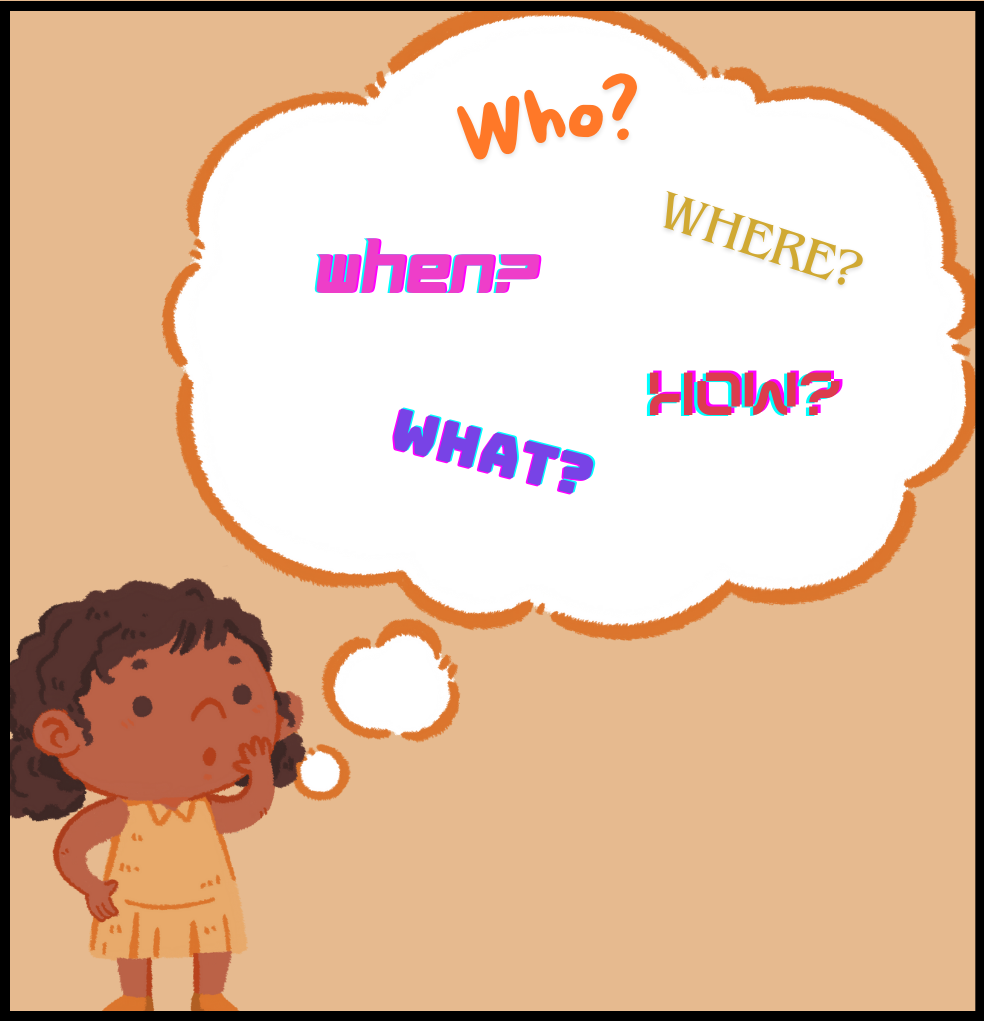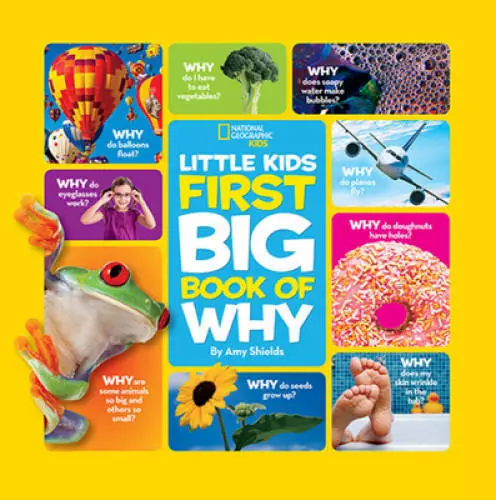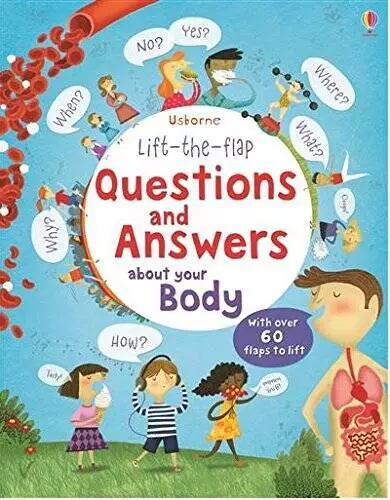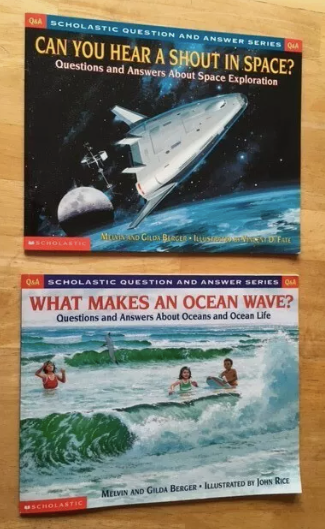Questions, questions, so many questions. Take advantage of your kids’ natural curiosity and satisfy that seemingly insatiable hunger for knowledge with interesting question and answer books designed specifically for them. The question and answer format is inherently engaging, breaking down complex concepts into bite-sized queries, and providing clear, concise explanations. Young readers can explore a wide range of topics — from science and nature to history and culture — in an easy-to-digest format.
The following free question and answer books can be added to your homeschool repertoire in a variety of ways.
Topic of the Week
Create your own unit studies by focusing on a specific topic covered in a question and answer book. For example, check out How Do Bats See in the Dark? from Scholastic’s question and answer series of books. You can explore the fascinating world of bats and learn about their unique adaptations, echolocation, and nocturnal behavior. The book also features other nocturnal creatures that prowl air, land, and water habitats.
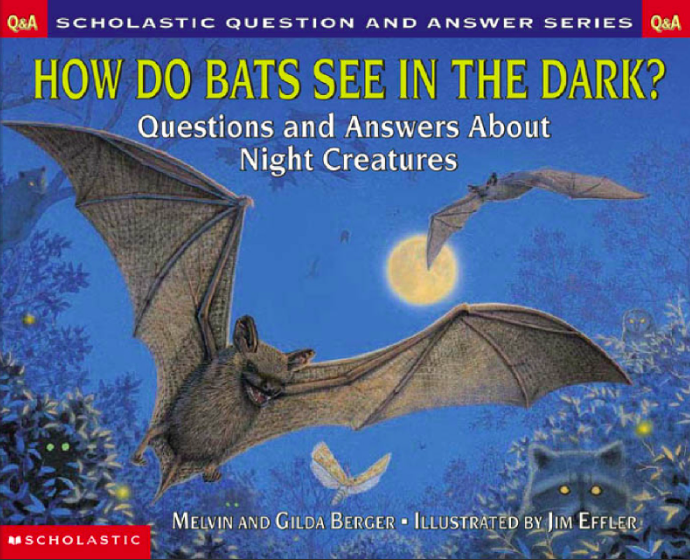
Hands-On Activities
Pair a reading with hands-on activities. Using the bat book as our example, you can do an arts and crafts activity like creating a simple bat anatomy model and discussing the different parts of a bat, such as wings, ears, and teeth. You can do different bat-related science investigations, like creating a chart comparing insectivorous bats, fruit bats, and nectar-feeding bats. You can do an activity that simulates echolocation, or visit a local nature center to observe bats in action.
Research and Presentation
Have your child select a question from a question and answer book that he or she finds intriguing. Encourage further research. “Can people live on the moon?” for example, is a question found in DId You Know?, part of a series of question and answer books from DK Smithsonian. This could lead to a deeper dive into spacesuits and how they provide protection and life support in the harsh environment of space. You can also research their history and development, and next generation designs.
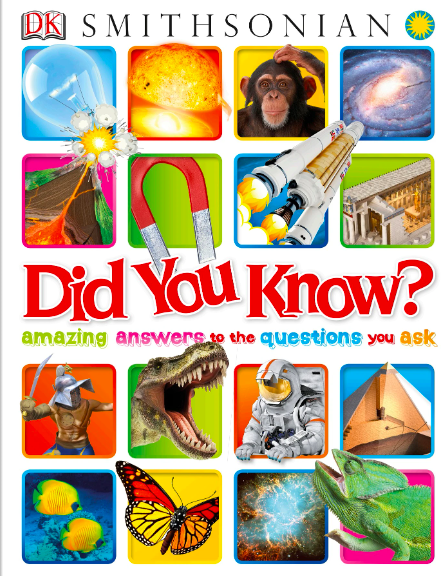
After researching a topic, your child could create a presentation — a poster, short video, narrated slideshow — using a free tool like Google Slides, Canva, or others. Sharing their newfound knowledge not only helps develop research and public speaking skills, but also gives you something interesting for the student portfolio.

Creative Writing and Essay Prompts
Use interesting questions and answers from the books as the basis for creating creative writing prompts and essay prompts. Use a free AI tool like Claude AI to quickly craft a variety of prompts to your specification.
I gave Claude the information related to the question, “How is a cactus like a camel?” This question is from the DK Smithsonian book, Did You Know? Earth. I told Claude to generate three creative writing prompts for middle-school ages, one for a humorous story, one for a sci-fi story, and one for a mystery. I think the results are pretty good, and they can always be further tweaked to individual purposes.
Humorous Story Prompt
Imagine that a cactus and a camel switch bodies for a day. Write a hilarious story about their misadventures and the chaos that ensues as they try to navigate each other’s lives in the desert. How do their friends and family react to the bizarre body swap?
Sci-Fi Prompt
In the year 2500, scientists have discovered a way to genetically engineer plants and animals to thrive in any environment. A team of researchers decides to combine the DNA of a cactus and a camel to create the ultimate desert survivor. Describe this new hybrid species and the challenges it faces as the first of its kind.
Mystery Prompt
A renowned botanist studying the similarities between cacti and camels in the desert goes missing under mysterious circumstances. The only clues left behind are a few strange plant samples and a cryptic note mentioning “biomes.” Can you unravel the mystery and find out what happened to the missing scientist?
Here are three essay prompts for middle-school ages generated from the same information:
Descriptive Essay Prompt
Describe the harsh desert environment that cacti and camels call home. Use vivid sensory details to paint a picture of the arid landscape, extreme temperatures, and scarcity of water. How do these unique conditions shape the appearance and behavior of these resilient organisms?
Persuasive Essay Prompt
Some people believe that deserts are barren wastelands with little ecological value. Write a persuasive essay arguing why desert biomes are essential and deserve protection. Discuss the importance of cacti, camels, and other desert-dwelling species, and the potential consequences of losing these fragile ecosystems.
Comparison and Contrast Essay Prompt:
Compare and contrast the adaptations that allow cacti and camels to survive in desert biomes. Analyze their physical characteristics, behaviors, and strategies for conserving water and withstanding extreme heat. Despite their differences as plants and animals, what similarities do they share in coping with their harsh environments?
Additional Free Question and Answer Books:
How Do Flies Walk Upside Down?
More Question and Answer Book Series:
( The following are affiliate links. As an eBay Partner, I may be compensated if you make a purchase.)
Other great ways to answer your kids’ questions is by listening to kid-friendly podcasts, and visiting a free site like Wonderopolis.
What favorite question and answer resources do you use in your homeschool? Leave a comment.

